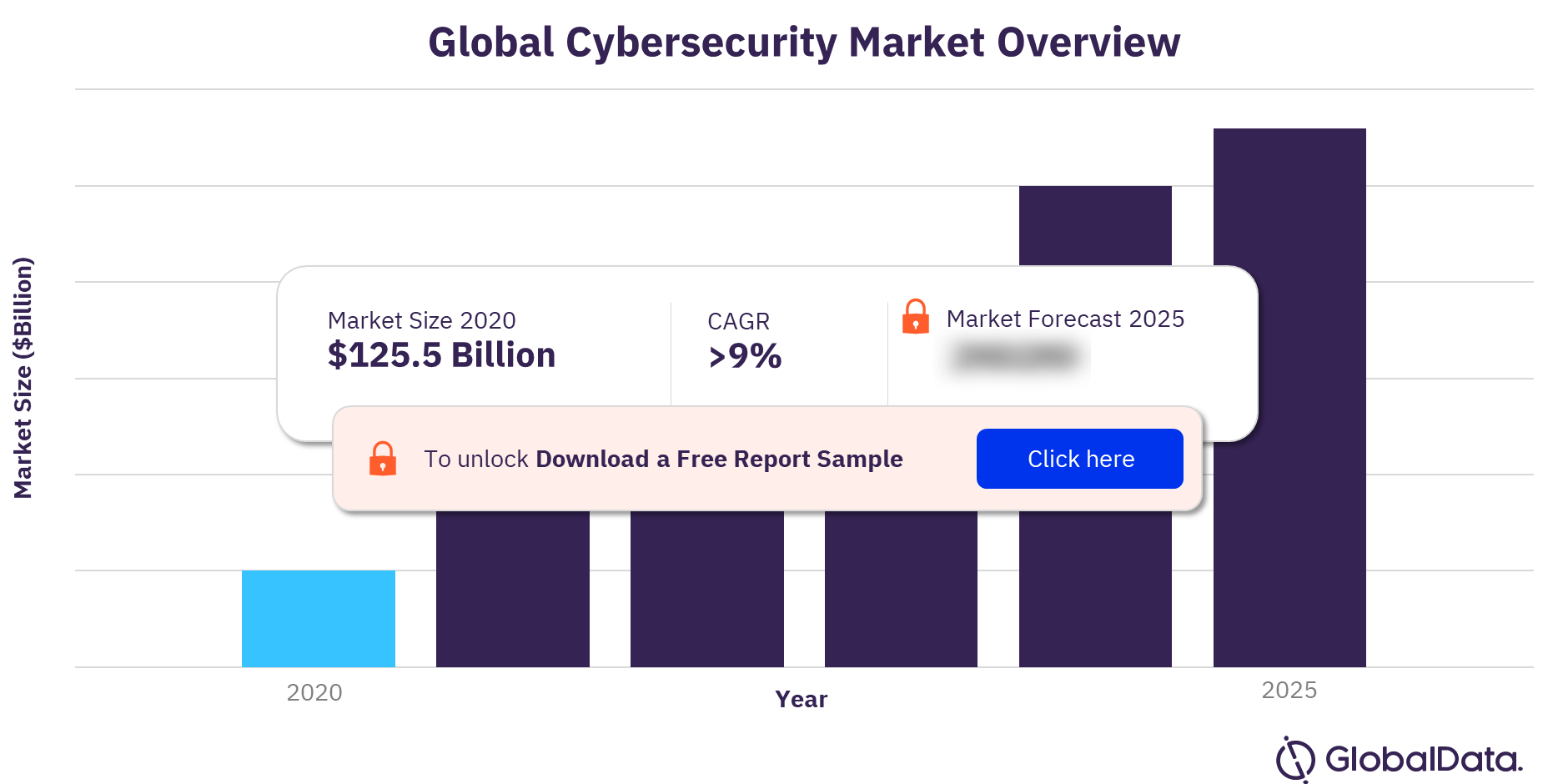Nuspire Threat Report Reveals Continued Surge in Q3 2022 Threat Activity
Threat activity in Q3 continued to surge following Q2, one of the most active quarters in recent history. According to Nuspire’s Q3 Threat Landscape Report, the company’s researchers noted that threat actors remain opportunistic, preying on organizations that are slow to patch against new vulnerabilities. They also continue to launch widespread phishing campaigns, hoping to lure a victim into interacting with their malicious payloads.
These researchers – Josh Smith, Cyber Threat Analyst, and Justin Heard, Threat Intelligence Manager – spent time reviewing their findings during a recent webinar. Read on for a recap of the key data points, attack vectors and mitigation strategies Josh and Justin shared.
Malware – CoinMiner activity decreases while Kryptik is on the rise
Malware saw an overall decrease in Q3 of 15.73%, however Nuspire witnessed surges in info stealer malware variants like Kryptik.
“Kryptik is a type of trojan malware that seeks to steal credentials from browsers and applications, as well as cryptocurrency wallets, files and SSH keys,” said Josh. “We saw a 236% increase over Q2, which is indicative of a rising usage of information-stealing malware.”
CoinMiner was a top malware in Q2, and while its usage decreased in Q3, it still remained a top variant.
“CoinMiner activity decreased almost 40% in Q3, which could have to do with the struggles we’re seeing in the cryptocurrency arena,” said Josh. “Perhaps this malware isn’t as attractive as it used to be, however I don’t see it going away, because this is a passive income strategy, meaning threat actors don’t have to do a lot of work to reap their rewards.”
Mitigation
There are several ways to combat malware threats to protect your environment from a breach.
“Next generation antivirus is great because it’s not only looking for a specific signature, but also, it can detect certain behaviors that are indicative of a threat,” said Justin. “Another strategy is network segmentation, where you segregate devices in a way that disallows a threat actor to get into other areas of your network.”
Botnets – Torpig Mebroot continues to dominate
Botnets shot up over 100% in Q2, and…



